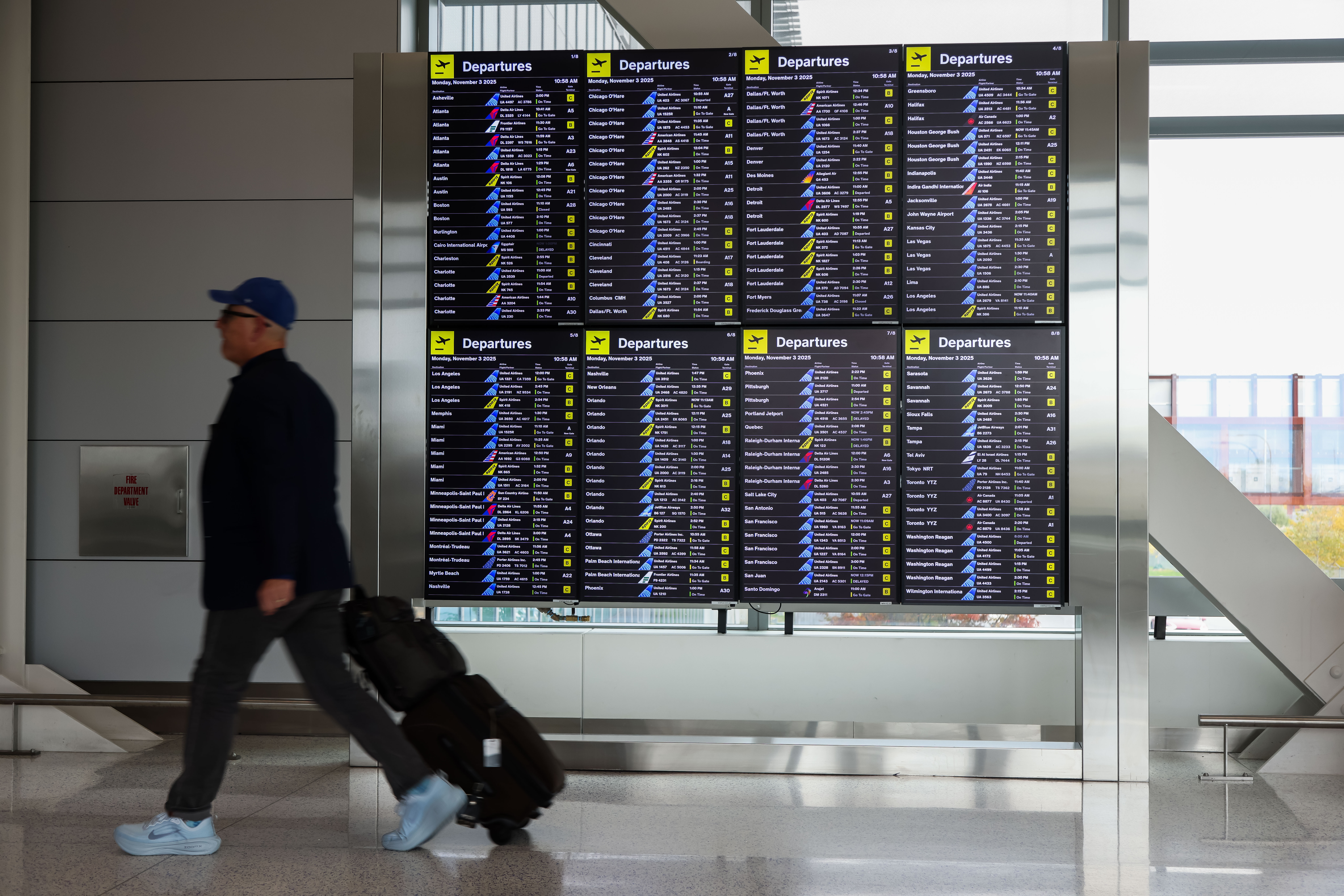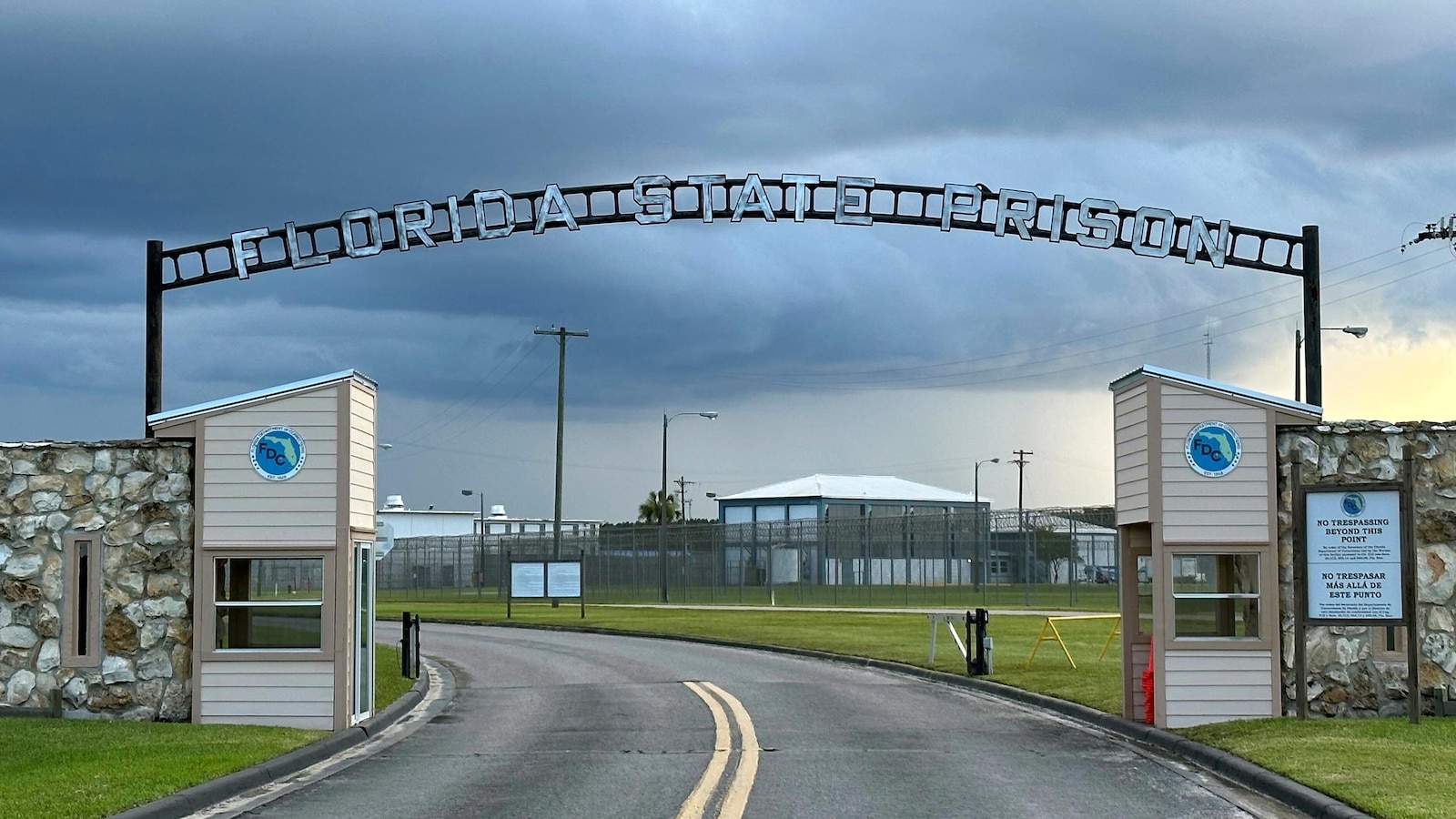SAN, one of 40 airports ordered to cut flights, seeing cancellations Friday

What to Know
- San Diego International Airport confirmed on Thursday that it is among the 40 U.S. airports selected by the FAA whose flight schedules may be reduced.
- The FAA said the reductions would start at 4% and ramp up to 10% by Nov. 14. They are to be in effect between 6 a.m. and 10 p.m. and impact all commercial airlines.
- SAN encourages passengers to check their flight status before getting to the airport and to plan to arrive no less than two hours before their flight.
The Federal Aviation Administration’s unprecedented order to scale back flights nationwide because of the record-long government shutdown is set to take effect Friday morning.
San Diego International Airport confirmed on Thursday that it is among the 40 U.S. airports selected by the FAA whose flight schedules may be reduced by up to 10% Friday.
“At this time, SAN has not been given a final list of affected flights or airlines impacted, but we are actively monitoring developments in coordination with the FAA and our airline partners,” a statement from SAN said Thursday.

Airlines scrambled to adjust their schedules and began canceling flights Thursday in anticipation of the FAA’s official order, while travelers with plans for the weekend and beyond waited nervously to learn if their flights would take off as scheduled.
More than 780 flights have been called off nationwide, according to FlightAware. Delta Air Lines said it would scratch roughly 170 flights on Friday, and American Airlines planned to cut 220 a day through Monday. At San Diego International, 27 flights were canceled Friday, mostly affecting SkyWest and Southwest airlines, according to FlightAware.
Southwest said any customers who have travel booked through Nov. 12 can adjust or cancel at no cost, regardless of whether their flight is affected.
The FAA said the reductions would start at 4% and ramp up to 10% by Nov. 14. They are to be in effect between 6 a.m. and 10 p.m. and impact all commercial airlines.
The agency said the cutbacks are necessary to relieve pressure on air traffic controllers who have been working without pay for more than a month. Many are pulling six-day work weeks with mandatory overtime, and increasing numbers of them have begun calling out as the financial strain and exhaustion mount.
The order comes as the Trump administration is ramping up pressure on Democrats in Congress to end the shutdown.
SAN encourages passengers to check their flight status before getting to the airport and to plan to arrive no less than two hours before their flight.
“We also ask our passengers to exercise patience as airlines work to adjust flight schedules in the wake of this latest disruption. We appreciate the ongoing commitment from TSA, FAA and our partner airlines to maintain the safety and reliability of the national transportation system during this challenging time,” SAN said in a statement.
Airlines said they would try to minimize the impact on customers. Some planned to focus on slashing routes to and from small and medium-sized cities.
Carriers are required to refund customers whose flights are canceled but not to cover secondary costs such as food and hotel accommodations unless a delay or cancellation results from a contributing factor that is within the control of the airlines, according to the Department of Transportation.
Industry analyst Henry Harteveldt warned that the reductions will “have a noticeable impact across the U.S. air transportation system.”
The cuts could also slow package service as two airports on the list are major distribution centers for delivery companies: FedEx in Memphis, Tennessee, and UPS in Louisville, Kentucky, the site of this week’s deadly cargo plane crash.
The FAA had not yet published an official order as of the afternoon. Below is a list obtained by NBC News of airports that received the order:
Air Travel:
“I’m not aware in my 35-year history in the aviation market where we’ve had a situation where we’re taking these kinds of measures,” FAA Administrator Bryan Bedford said at a news conference.
Bedford, citing increased staffing pressures and safety reports indicating growing fatigue among air traffic controllers, said he and U.S. Transportation Secretary Sean Duffy did not want to wait until the situation reached a crisis point.
“We’re not going to wait for a safety problem to truly manifest itself when the early indicators are telling us we can take action today to prevent things from deteriorating,” Bedford said. “The system is extremely safe today and will be extremely safe tomorrow. If the pressures continue to build even after we take these measures, we’ll come back and take additional measures.”
This story uses functionality that may not work in our app. Click here to open the story in your web browser.






